Raise Capital
May 29, 2025
Mastering Community Capital ROI Measurement: Key Insights and Metrics
Community Capital ROI Measurement: An Introduction to Value Beyond the Bottom Line
What if your investors became your most passionate advocates? When founders think about raising capital through Regulation CF or Regulation A, they often focus solely on the funds they’ll receive. But here’s what most don’t realize: turning your customers into shareholders through a crowdfunding campaign might be one of the smartest business moves you’ll ever make.

Think about it - when someone owns a piece of your company, they don’t just buy your product; they champion it as brand ambassadors and brand advocates.
They feel personally invested in your company’s success, which drives them to promote your brand within their networks. They tell their friends. They share your updates on social media, helping to build brand awareness and increase social media engagement.
They become part of your story. Recent data shows these loyal customers who become investors spend more than regular customers, with their loyalty further strengthened through investment, transforming the economics of your business in ways traditional VCs rarely discuss.
If you’re a growth-stage founder who’s never explored equity crowdfunding before, you’re about to discover why $343.6 million flowed through Regulation CF in 2024 and, more importantly, why the real returns often have nothing to do with the money raised.
Current state of equity crowdfunding markets
The equity crowdfunding landscape experienced significant shifts in 2024, with total Regulation CF capital declining 18% to $343.6 million from 2023’s $423 million peak according to Kingscrowd’s annual market analysis.
Despite this contraction, success rates climbed to 69% as campaigns became more sophisticated and investor engagement deepened with the average investment size jumping 26% to $1,500 per investor, signaling growing confidence in the asset class among retail investors, individual investors, and even some institutional investors participating in financial markets.
Market concentration intensified as the top platforms controlled 67% of total capital raised as reported by Kingscrowd’s 2024 platform rankings. This consolidation reflects platform maturation and investor preference for established intermediaries, which often offer lower minimum investment requirements, making it easier for retail investors and potential investors to participate.
Regulation A+ offerings showed resilience with $244 million raised, a 7.5% increase year-over-year, though only 34 new campaigns launched compared to 61 closures according to industry data. DealMaker powered 51% of all Reg A+ dollars raised in 2024, demonstrating the platform’s maturity and appeal to early stage companies seeking to raise capital.
The regulatory framework continues evolving with the $5 million annual Reg CF limit (increased from $1.07 million in 2021), attracting more mature and early stage companies as outlined in the JOBS Act amendments. Reg CF offerings allow companies to raise funds and raise capital by selling securities to a broad base of retail and individual investors, subject to regulatory requirements designed to protect investors.
Financial reporting requirements scale with the amount raised: campaigns under $124,000 need only compiled statements, while those exceeding $1.235 million require full CPA audits, as per SEC regulations.
These tiered requirements strike a balance between investor protection and capital formation efficiency. Companies must also meet ongoing reporting requirements, including the obligation to provide annual reports, which ensures continued transparency and accountability.
The initial offering statement and detailed disclosures are required under the Securities Act, which mandates regulatory requirements to protect investors and inform potential investors.
Platform fees typically range from 5% to 10% of the funds raised, plus equity participation. Total compliance costs, including legal fees, financial statements, and ongoing reporting, can reach $50,000 to $100,000, based on industry benchmarks.
Legal and compliance costs are driven by the Securities Act, which requires detailed disclosures and adherence to regulatory requirements, as well as oversight by the Securities and Exchange Commission (SEC) and the exchange commission to ensure fair practices and protect investors. Effective financial management and transparent reporting are critical for building trust with investors.
The average successful campaign runs 9 weeks, with 42% of funds raised in the first and last three days, according to funding pattern analysis - emphasizing the importance of momentum and urgency in community capital raises and the need for clear communication with potential investors.
Measuring returns beyond traditional financial metrics
Traditional ROI calculations fail to capture the full value of community capital. Research from The Community Roundtable reveals a sophisticated ecosystem where intangible benefits often exceed direct financial returns.

The Community ROI Framework centers on “The Value of an Answer” - measuring how community engagement drives innovation, reduces costs, and creates sustainable competitive advantages. This framework emphasizes the importance of tracking key performance indicators (KPIs) and key metrics to fully understand the impact of community initiatives.
Five primary valuation methods apply to community capital intangibles according to CFA Institute analysis. The Relief from Royalty Method calculates value based on hypothetical licensing costs saved.
Market-based approaches use comparable transactions, while income methods project future revenue streams, including revenue generated from community activities. Real option pricing captures assets with uncertain but high potential future value.
The Community Capitals Framework from New Prairie Press expands measurement to seven dimensions: natural, human, social, cultural, political, financial, and built capital, which are all relevant in the context of digital capital raising.
The shift toward Community-Led Growth (CLG) requires new metrics beyond traditional KPIs, according to Unfairmindshare research. Daily Active Community (DAC) and Monthly Active Community (MAC) are key engagement metrics that replace simple user counts. Tracking conversion rate is also essential to measure how effectively community participation leads to desired outcomes.
Community-Attributed Revenue (CAR) tracks income tied to community engagement, while website traffic and revenue generated are additional key metrics to monitor. Member-to-customer conversion rates measure how participation drives purchases. Marketing-related metrics such as content creation and marketing spend are also important for understanding the effectiveness of outreach efforts and reaching the target audience.
These evolved metrics capture the compounding “flywheel effect” where engaged communities create self-reinforcing growth cycles as documented by Higher Logic’s ROI research. By using these metrics, organizations can identify areas for growth, gain valuable insights, and make data driven and informed decisions to optimize their strategies.
Brand advocacy and the investor-customer phenomenon
The transformation of customers into investors creates a powerful new category: the “investomer.” Research from Bain & Company found that investomers spend 50% more than regular customers, frequent businesses 70% more often, and generate 2.1 times more referrals.
This multiplier effect fundamentally changes customer lifetime value calculations and justifies community capital strategies purely on economic grounds. For the small business owner, these strategies offer a unique way to deepen relationships and drive sustainable growth.
When customers become shareholders, their emotional and financial investment creates a deeper connection that translates directly into increased spending, advocacy, and enhanced customer loyalty.
Word-of-mouth amplification from investor networks delivers measurable marketing impact. Fundera’s crowdfunding statistics show email shares of campaigns convert at 53%, compared to just 12% for Facebook and 3% for Twitter shares.
This high conversion rate reflects the trust and credibility inherent in personal recommendations from invested stakeholders. With word-of-mouth driving $6 trillion in annual retail revenue according to Shopify research, the marketing value of an engaged investor base becomes clear. These marketing efforts, fueled by referrals and advocacy, are crucial to campaign success and overall brand growth.

Social proof mechanisms amplify campaign success. Data from Fundera shows campaigns reaching 30% of their goal within the first week have significantly higher completion rates. Adding personal videos increases funding by 105%, while team-driven campaigns raise 38% more than solo efforts.
These statistics highlight how community engagement and ongoing fundraising efforts create momentum that attracts additional investors and customers.
Brand loyalty metrics show dramatic improvements among investor-customers. Research from SocialToaster indicates a 5% increase in customer retention can boost profits 25-95%, and investor-customers demonstrate significantly higher retention rates.
The emotional and financial investment creates “supercharged shareholders” who actively promote the brand, provide product feedback, and recruit new customers through their networks, further strengthening customer loyalty.
Transparency and accuracy in communications are essential, especially when running campaigns. It is important to clearly communicate the risks involved in investing in early-stage companies to ensure trust and prevent false expectations.
Platform performance, key performance indicators, and industry-specific success patterns
Sector-specific analysis reveals distinct patterns across industries. According to Kingscrowd’s B2B vs B2C analysis, B2C companies represent 33% of Reg CF raises, averaging $123,056 with median investments of $1,383. B2B companies account for 25% of raises but achieve 3x more exits and command 66% higher valuations at growth stage.
The remaining 40% use hybrid B2B/B2C models, often showing the highest revenue growth rates at 14.2% annually.
Technology sector performance reflects broader venture capital trends, with AI companies capturing $100 billion globally in 2024 - an 80% increase from 2023 according to Crunchbase data.
Within crowdfunding, technology companies benefit from network effects and recurring revenue models that attract sophisticated investors. The rise of mobile devices has further increased accessibility for investors, allowing them to actively manage and access their investment portfolios via mobile trading platforms, which has contributed to the growth of crowdfunding platforms.

Notable successes include Revolut delivering 400x returns to early crowdfunding investors as reported by Sifted, and Beta Bionics achieving a $1 billion valuation after raising just $1 million on Wefunder per Hubtas Media reporting.
Industry distribution shows Food & Beverage leading with 32% of global crowdfunding market share according to Grand View Research, benefiting from tangible products and government support programs.
Real estate crowdfunding grows through tokenization and fractional ownership models. Healthcare emerges as a high-potential sector, particularly for medical devices and digital health platforms that benefit from patient-investor advocacy.
Geographic patterns reveal North America capturing 40% of global activity per Fortune Business Insights, driven by the JOBS Act framework and mature platforms.
Europe maintains strong equity crowdfunding presence led by UK regulations, while Asia-Pacific shows the fastest growth rates, particularly in technology sectors. Cross-border investment opportunities expand as platforms develop international capabilities.
Building sustainable competitive advantages and raising capital through community capital
The research demonstrates that equity crowdfunding creates lasting competitive advantages beyond immediate capital needs. Customer acquisition costs decrease as investor networks generate organic referrals.
Product development accelerates through engaged user feedback. Market validation strengthens as investors vote with both dollars and ongoing support.
Case studies illuminate the compounding benefits. Neighborhood Sun grew revenue 156% year-over-year from $1.9M to $4.9M after crowdfunding, projecting $7M for 2024 according to Kingscrowd analysis.
Their investor base provided not just capital but customer referrals across seven states. Mercury leveraged its 2,453 Wefunder investors during the SVB banking crisis, adding $2 billion in deposits as community members rallied to support the company per media reports.
Compliance considerations shape optimal approaches. Companies must navigate tiered financial reporting requirements outlined by SEC regulations, with costs scaling from $5,000 for compiled statements to $75,000+ for full audits according to Wefunder’s compliance guide.
Detailed disclosures are essential for transparency and investor protection, ensuring that potential backers have comprehensive information to make informed decisions.
Platform selection impacts success - the 69% success rate for well-prepared Reg CF campaigns far exceeds the 22.4% average across all crowdfunding types as reported by Blogging Wizard. Timing matters critically, with early momentum and final push periods determining outcomes.
Future trends point toward continued market maturation. Global crowdfunding markets project growth to $5.4-6.9 billion by 2032-2034, representing 11-17.6% compound annual growth according to Grand View Research and Fortune Business Insights.
In conclusion, regulation crowdfunding has democratized capital raising, transforming the financial ecosystem for startups, small businesses, and investors. Understanding Reg CF is now crucial for both entrepreneurs and investors seeking to leverage these opportunities.
Conclusion
Community capital represents a fundamental shift in how companies create and measure value. The data definitively shows that crowdfunding delivers returns far beyond the dollars raised - from 50% higher customer spending to 15x ROI on community events to 400x investment returns for early backers.
As regulatory frameworks mature and success rates improve, equity crowdfunding evolves from alternative financing to strategic advantage.
The most successful companies recognize that community capital creates a virtuous cycle. Engaged investor-customers drive organic growth, reduce marketing costs, accelerate product development, and build sustainable competitive moats.
With measurable frameworks now available to quantify these benefits, the business case for community capital becomes compelling not just for capital formation but for long-term value creation. The future belongs to companies that transform customers into owners, creating aligned incentives that benefit all stakeholders in the ecosystem.

Regulation Crowdfunding (Reg CF) Basics:
- Investment Limits: $5 million in any 12-month period
- Investor Types: Both accredited and non-accredited investors allowed
- Financial Requirements: Scale with raise amount (compiled, reviewed, or audited)
- Ongoing Obligations: Annual reports (Form C-AR) and material updates required
- Platform Required: Must use SEC-registered funding portal or broker-dealer
Key Resources for Founders:
- SEC's Regulation Crowdfunding Guide
- FINRA's Funding Portal List
- Platform comparison tools at Kingscrowd and Crowdwise
- Industry statistics and trends from annual reports
Key Compliance and Investor Protection Considerations:
- Form C filing is required before accepting investments
- Marketing restrictions during live campaigns (no general solicitation for accredited-only raises)
- Required disclosures include business operations, financial health, risk factors, and management team details
- Investors have 48-hour cancellation rights after commitment
- All communications must avoid promises of returns or guarantees
Please note that this article provides educational information only. Consult with securities attorneys and qualified professionals before launching any capital raise to ensure full regulatory compliance.

Your submission has been received. We will reach out to you via email to schedule a call.
Oops! Something went wrong while submitting the form.





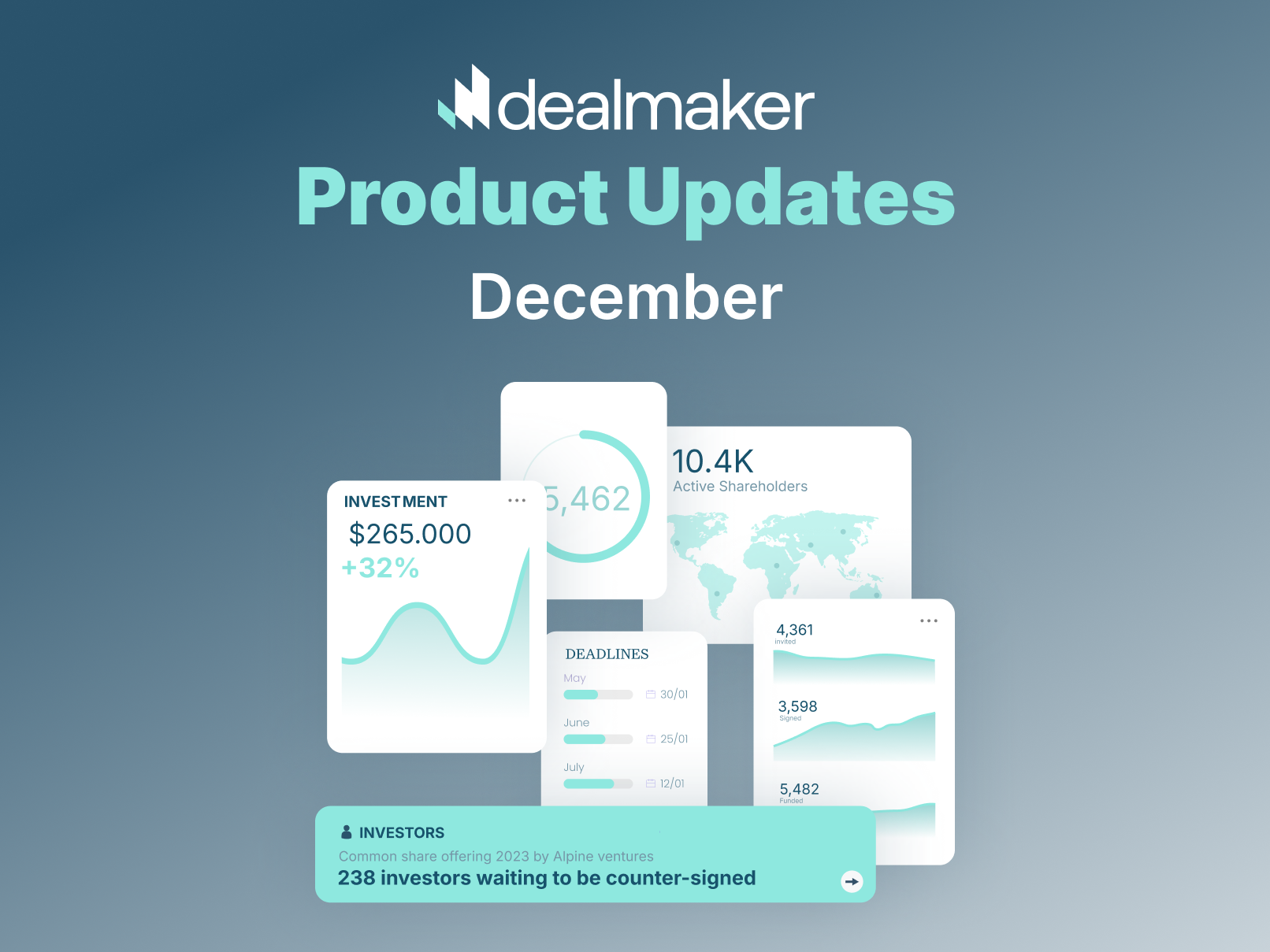
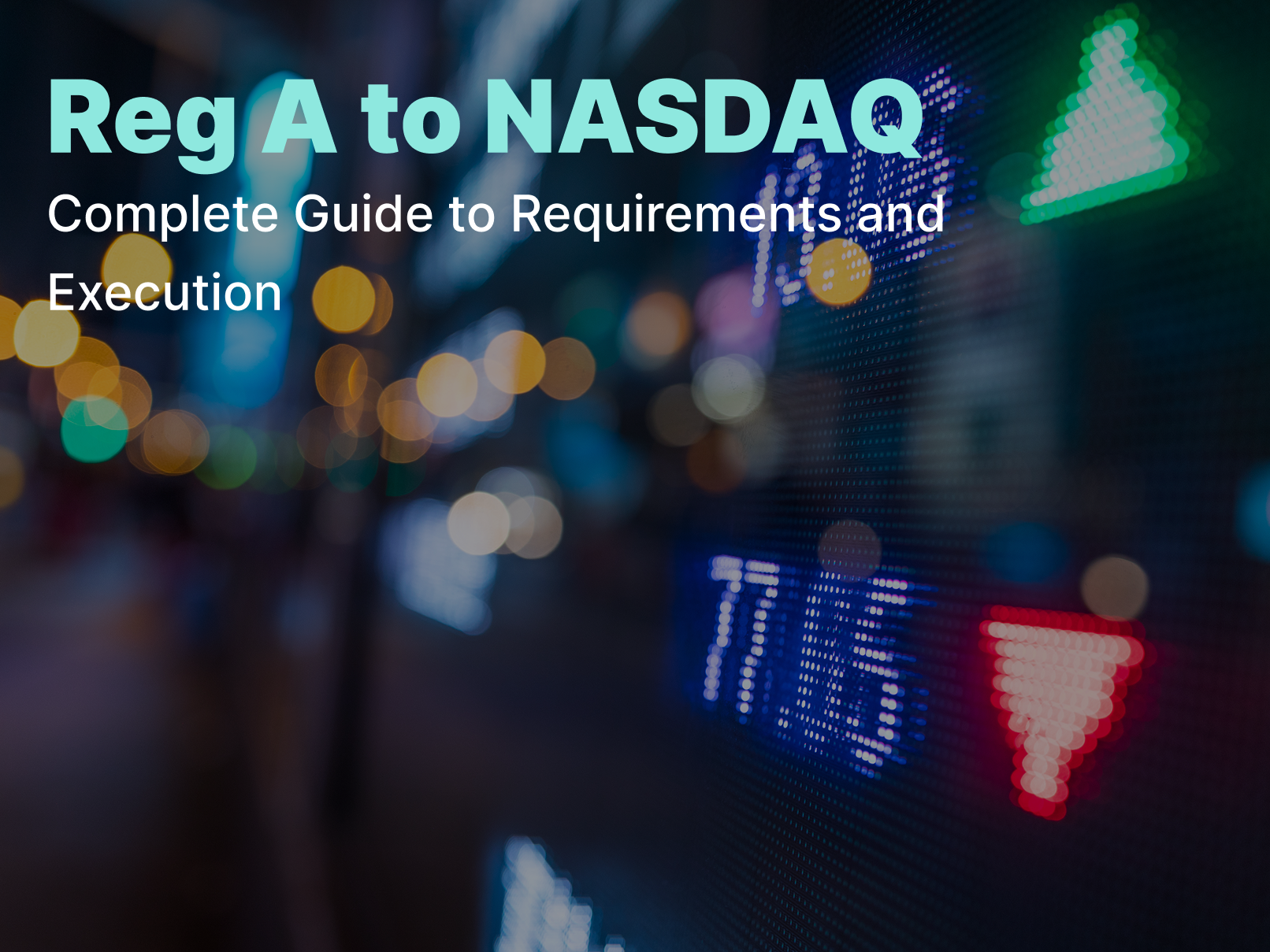
.png)
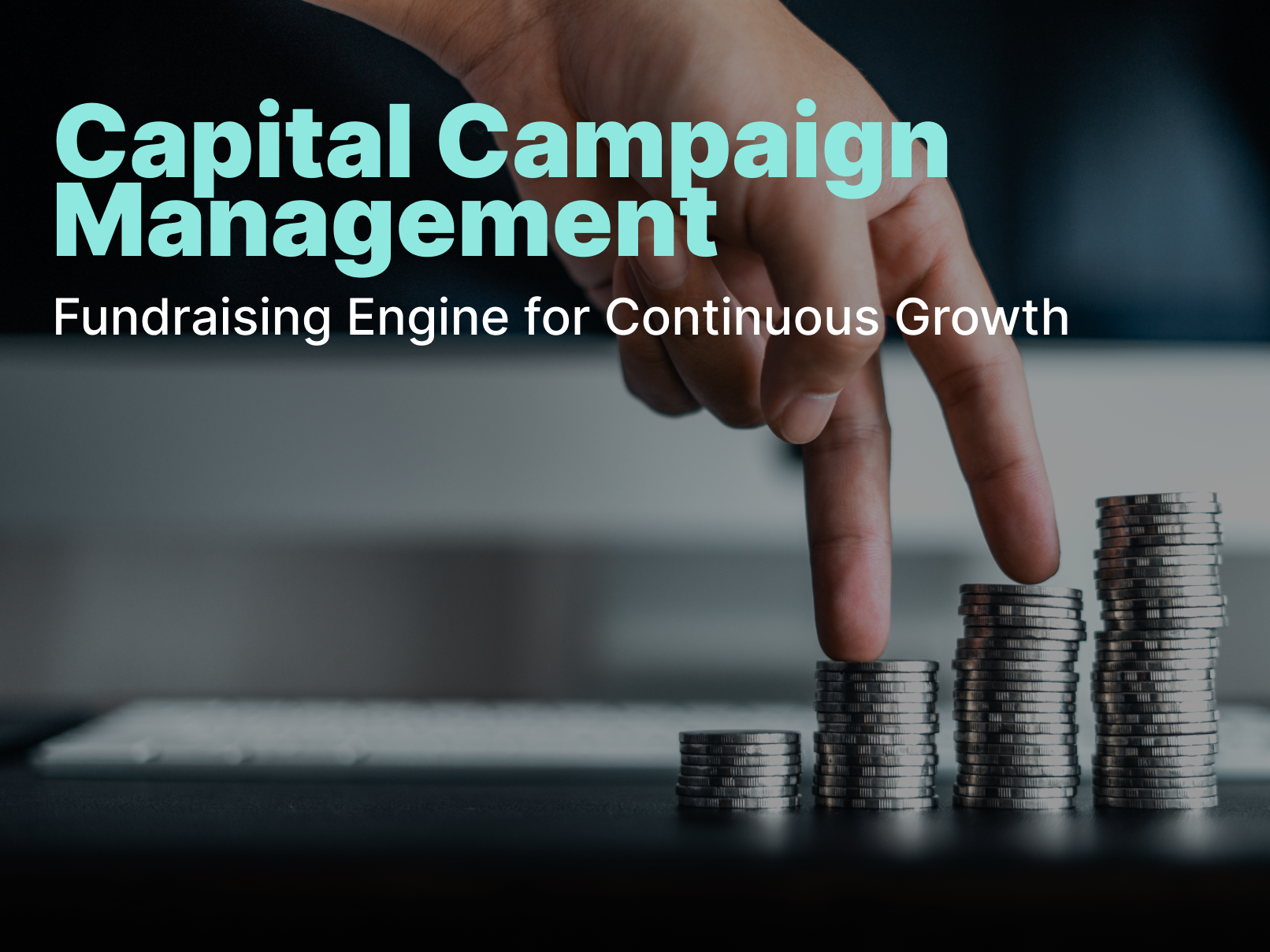
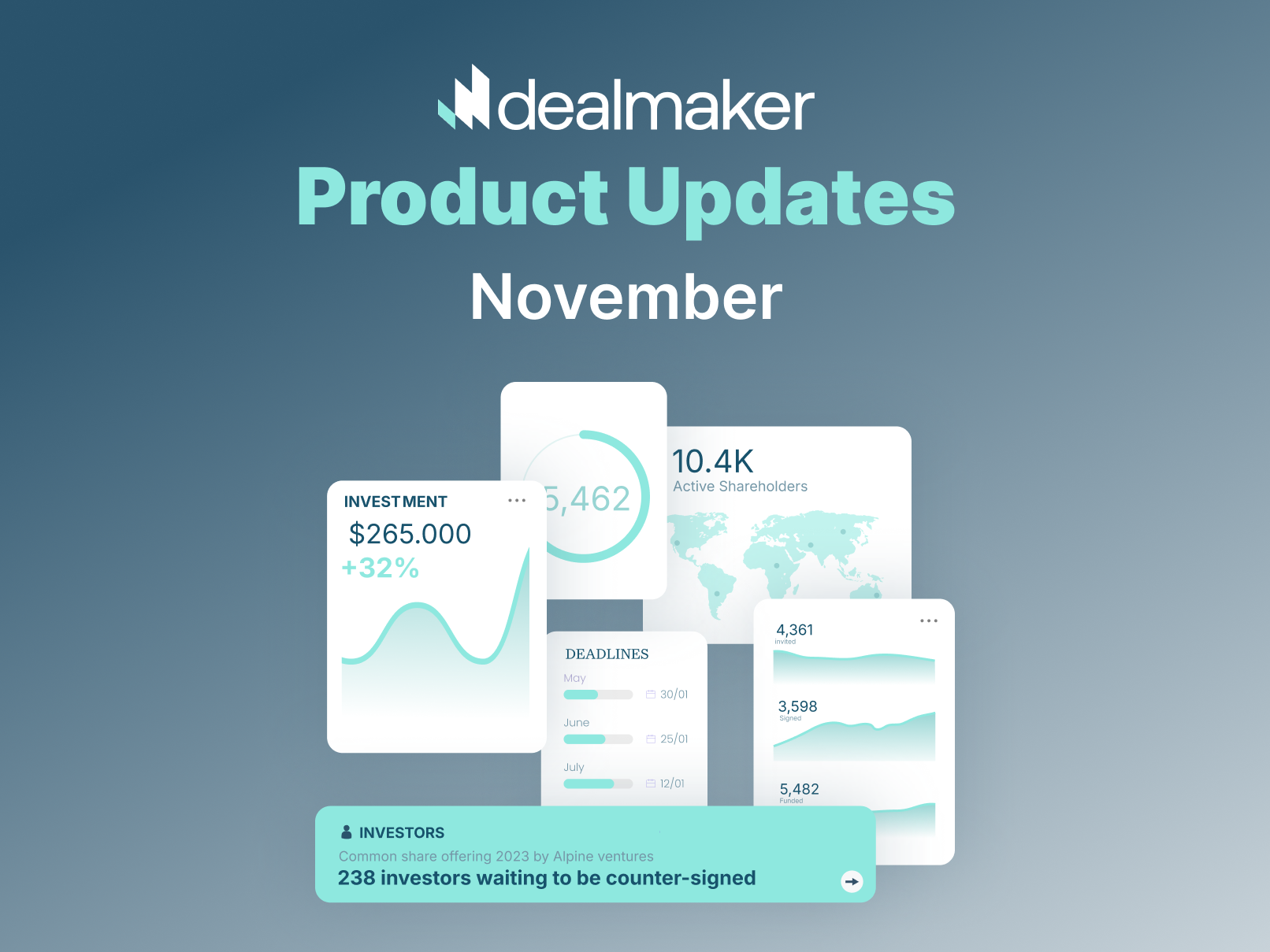

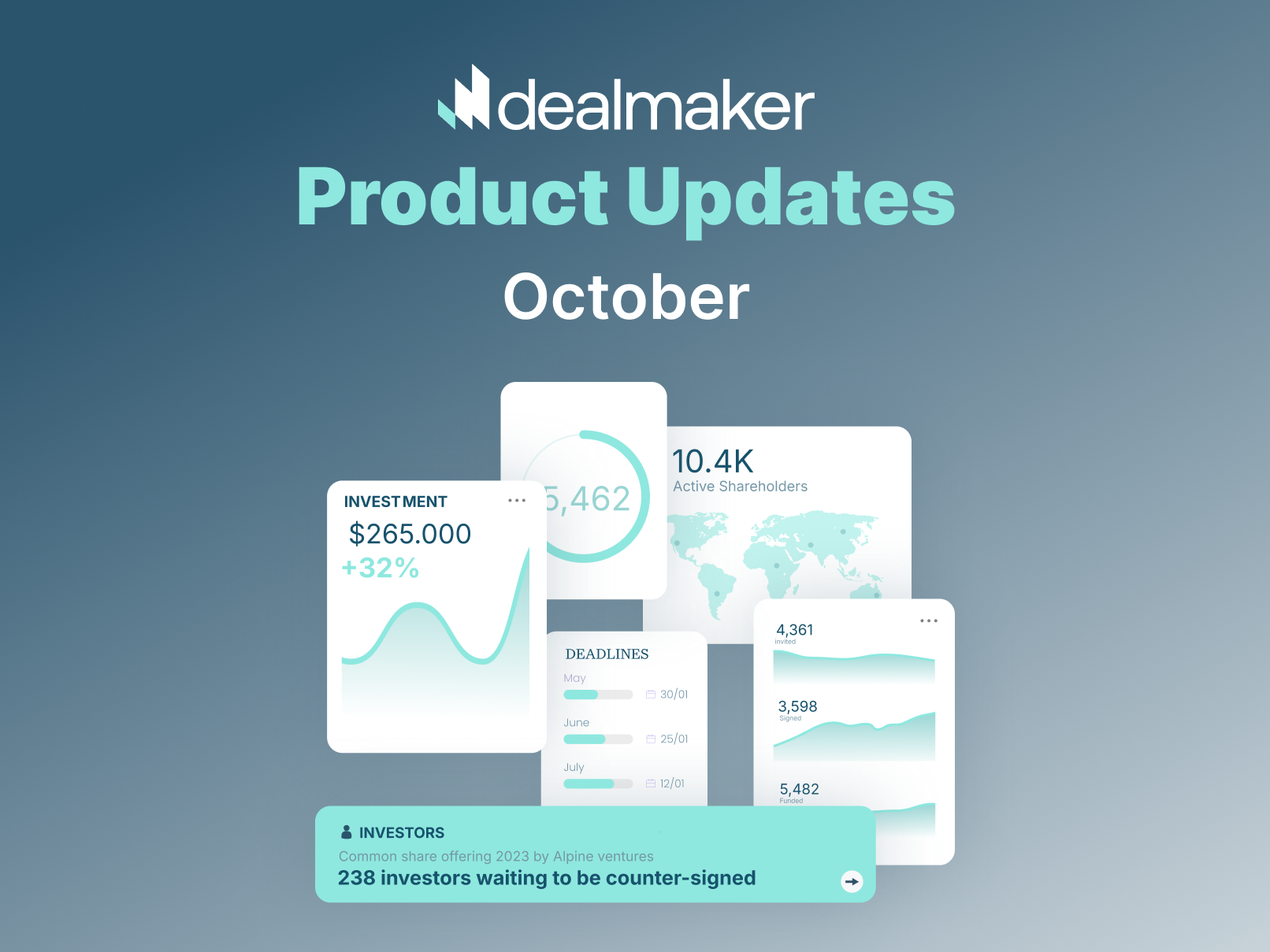
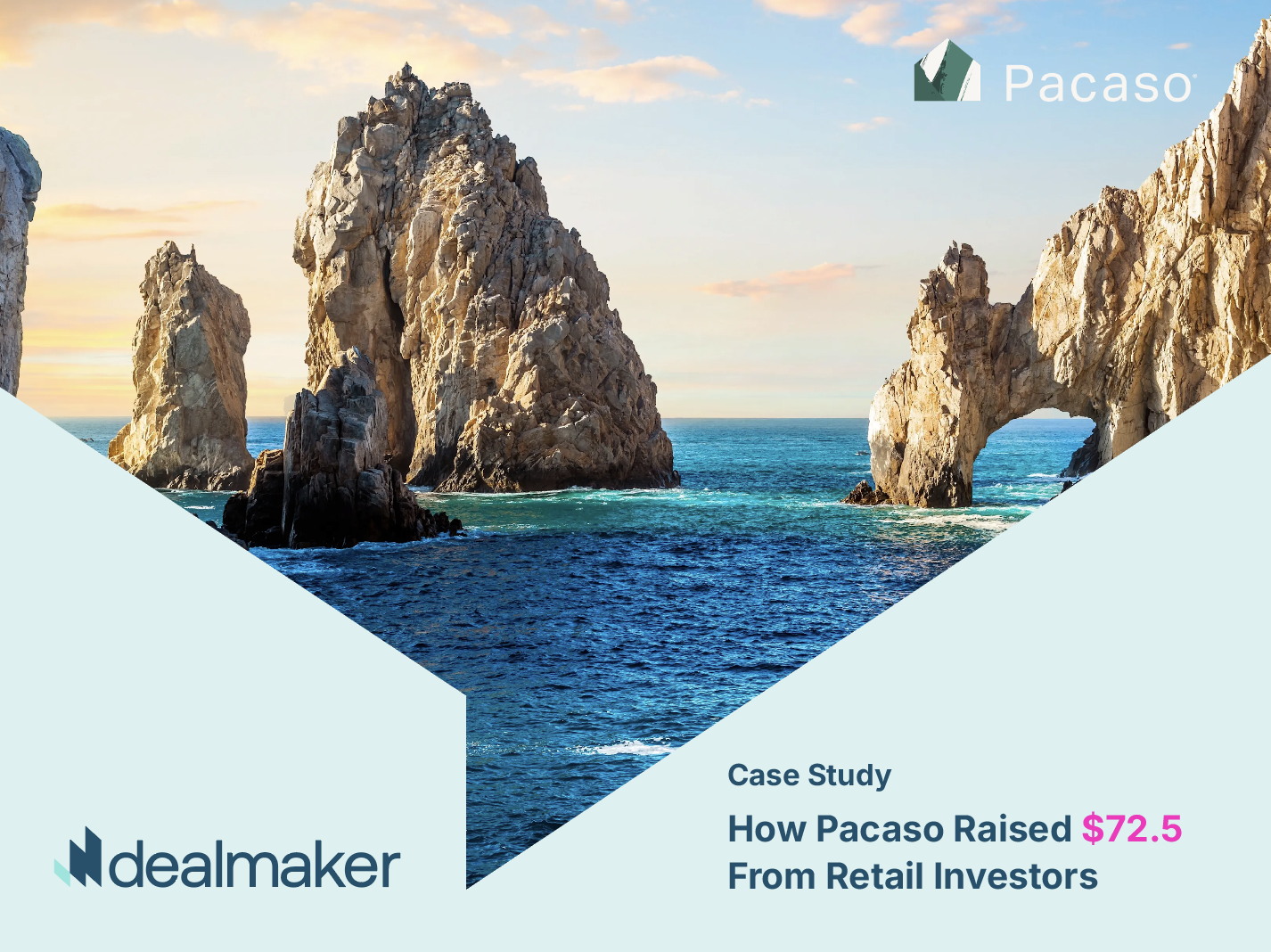
.webp)
.webp)
.webp)
%20(1).webp)